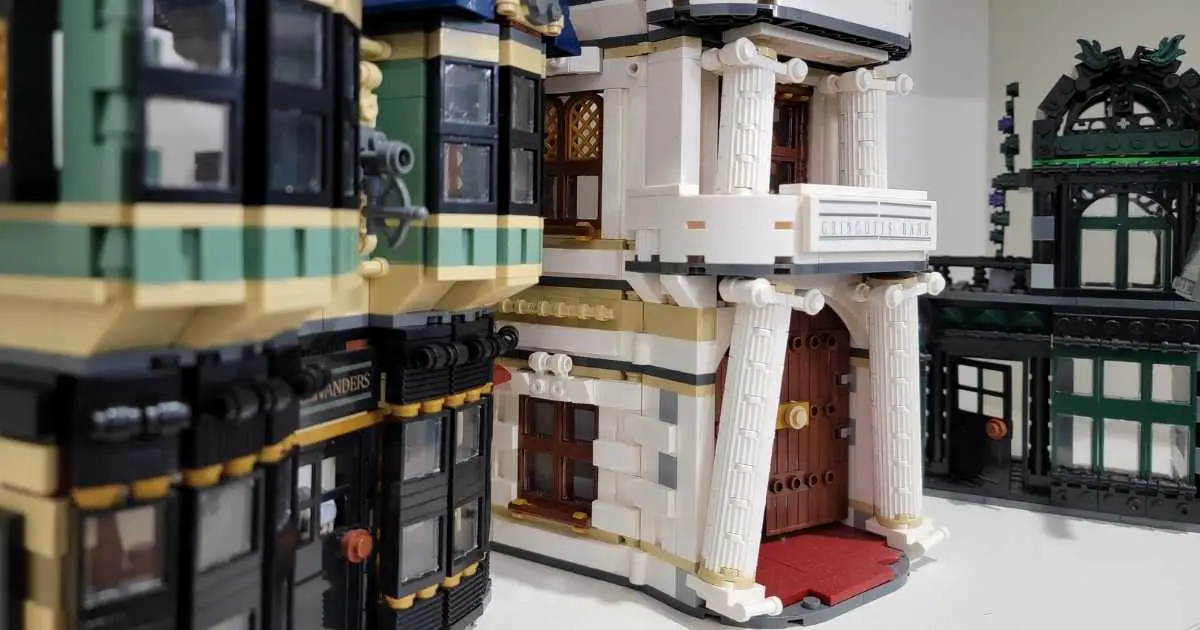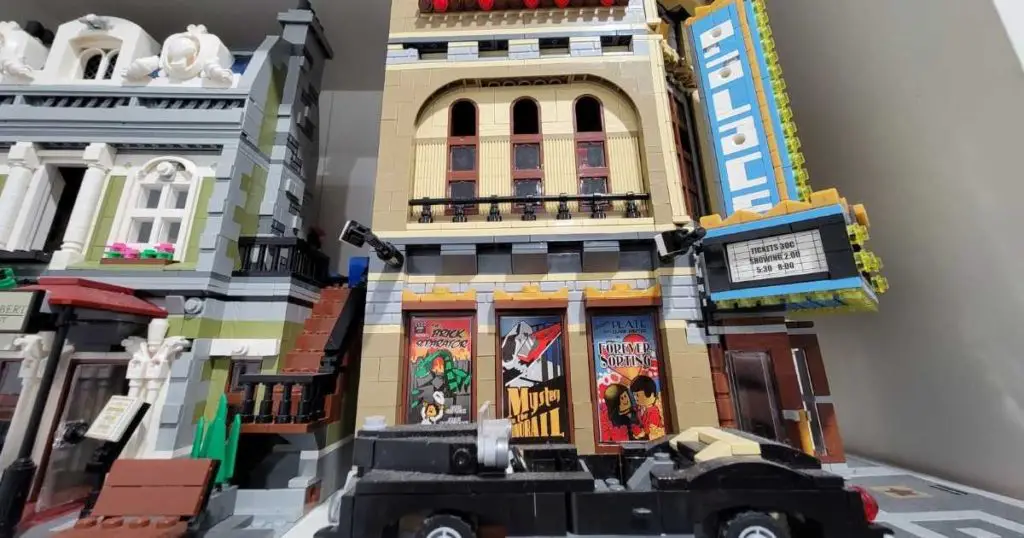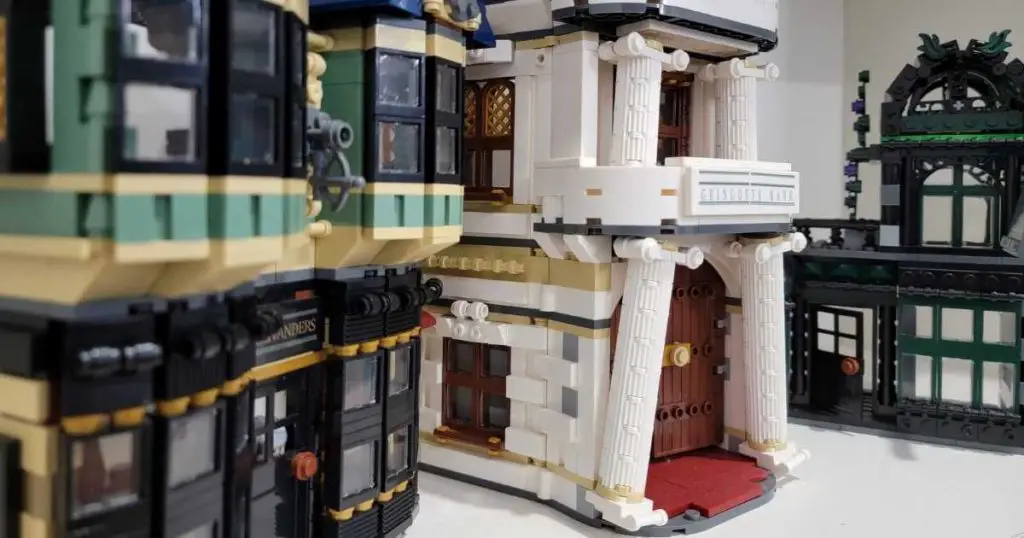
The word retiring may not be directly associated with LEGO, but in the collector and investment community it is well known that each LEGO set is not produced endlessly.
There are multiple reasons that LEGO sets ‘retire’ or end production, so here is a quick list of some of the main reasons:
- The LEGO Group’s core principle are fun, creativity, imagination, learning, quality and caring. To keep this spirit alive, new products and designs are pushed out and the old must retire.
- Production capacity has a limit.
- New opportunities arrive for the LEGO Group and other sets need to retire to make room.
- Retirement creates artificial rarity.
Understanding why LEGO sets retire can play to your advantage and give you greater insight into the core business of the LEGO Group. Let’s look closer at this.
What is LEGO retirement?
Before we can understand the ‘why’, we of course need to know the ‘what’. When we hear people talking about LEGO sets ‘retiring’, what does that actually mean?
LEGO retirement is when The LEGO Group ends the manufacturing of a particular LEGO set or theme. Typically every LEGO set that is released will have a specific date when manufacturing of that set will end. After that date, retailers and wholesalers that sell that LEGO set will no longer be able to order it from The LEGO Group. Soon after the retirement date, it will often become difficult to find a set in retail stores for purchase (although many do stick around for months after the retirement date due as existing inventory in stores).
Every LEGO set will eventually retire. But why does this happen? If some sets are incredibly popular with fans, why does The LEGO Group not continue to manufacture it forever?
The LEGO Group wants to keep things fresh
The first reason why the LEGO Group retires LEGO sets and ends production stems from the values of the LEGO Group: fun, creativity, imagination, learning, quality and caring.
The LEGO Group is known for their clever designs and ingenious models. To keep the company’s brand and values high, they need to come up with different designs each year. Repeating the same old LEGO City Police Station will become boring and bad for sales. That’s why retiring LEGO sets is part of the cycle. It is simply the business they are in. You could compare it to videogames. After finishing a game, you want something new instead of restarting the game all over again.
Sometimes you need to create products your customers did not know they even wanted.

Only so many LEGO sets can be made at any one time
The LEGO Group has multiple warehouses and factories scattered all over the globe. The production capacity of these sites are not unlimited and warehouses don’t have endless inventory to store all the produced LEGO sets. Knowing the core principle of The LEGO Group is to come out with new and fresh products, it is only logical to make room for new products.
You might ask, what LEGO set gets retired first?
A lot of factors come into play like sales, popularity of the sets and operations strategy – a strategy to identify and implement cost-effective processes for creating and distributing products and services. People who have followed economics in school might have heard of this principle before: it is worth producing and selling another unit of product if the gain by selling that one extra unit is higher than the cost associated with that extra unit, holding in regard the expected probability of selling that one unit.
To simplify, produce more LEGO sets if there is demand for it and it covers the cost of production. If it is not the case anymore, retire the set and get something new in production.
There is limited space on retailer shelves
If LEGO Group wants to continue making amazing new sets, but they never end the production of older sets, then they will have a really difficult time selling everything.
That’s because in every retail store, there is a fight for shelf space.
Sure, you’ll notice that LEGO typically has a huge share of the available space in your local toy store when compared with other brands like Funko, Hasbro or Barbie. But even with all of that shelf space that they get, it won’t be enough if there were thousands of different sets available at any time.
So realistically, The LEGO Group has a choice to either slow down designing new and fresh sets for their audience, or retire old sets to make space on the shelves for the new sets.
New LEGO releases for movies, video games and shows
The LEGO Group can encounter a new opportunity to launch a set that supersedes the current set in terms of quality, design or marketing potential.
To put this more into perspective, let’s sketch a scenario. The LEGO Group has a plethora of LEGO sets in the LEGO Star Wars theme as of writing this article. Now imagine when the LEGO Group hears that a new Star Wars film is going to be released or a new Star Wars series is coming out on Disney+. These shows and movies are massively popular practically everywhere. Moreover, they often times portait iconic pieces like Han Solo’s Millenium Falcon or Luke Skywalker’s X-Wing fighter. They might even introduce a new kind of space ship navigated by the main character or villain.
The LEGO Group can see this as an opportunity to terminate currently running LEGO sets from the LEGO Star Wars theme and release new models. These new models can be based around existing LEGO sets, but can also have an improved design to match the latest version featured in the film. This way the LEGO Group can keep up with the latest hype and respond to new market trends.
Doing this, the LEGO Group can once again strengthen the brand and correlate it with the latest trends and hype.

LEGO sets are more desirable if they become scarce
The next reason why the LEGO Group decides to retire a LEGO set is in my eyes one of the most relatable to LEGO investors. By retiring LEGO sets, the LEGO Group creates artificial rarity.
This compliments nicely the aforementioned reasons to why LEGO sets are retiring. By creating artificial rarity, sets become more popular and this strengthens the positionof the LEGO Group. Not only does it increases a particular set’s appeal, but it also adds value to brand and make it more popular.
If we speak on a business level, the scarcity aspect allows for price differentiation among customers. The LEGO Group can now target different kinds of customers by selling ‘exclusive’ LEGO sets for a higher price with limited production quantity.
Imagine if you could buy a popular LEGO set having heard the rumour that the LEGO Group will announce the LEGO set’s retirement next week. There is a good chance that next week, other people also want to buy that particular set when they hear the LEGO set in question is retiring and will not be sold anymore in a LEGO store. This can increase it’s popularity and create upward pressure on the price of the LEGO set. Just by announcing the retirement of a LEGO set, the value of a set can increase.
That’s why the saying goes: buy the rumor, sell the news!
Can a set come out of retirement?
The short answer is yes! It does happen and there are multiple reasons for it. Even more, it might influence your investment strategy or value of some of your LEGO sets. We have written a separate article about this topic – click here to check it out.
Final thoughts
To conclude, retirement plays into the hands of the LEGO Group. It can help with production planning and optimize the sales for particular LEGO sets. Moreover, making their products sought-after by retiring them is something us investors benefit from.
A last source I recommend are Facebook communities like the official Brick Bucks Lego Investing & Reselling community. With these sources you can speculate and check the latest news on the retirement of LEGO sets to ameliorate your LEGO investing strategy.
